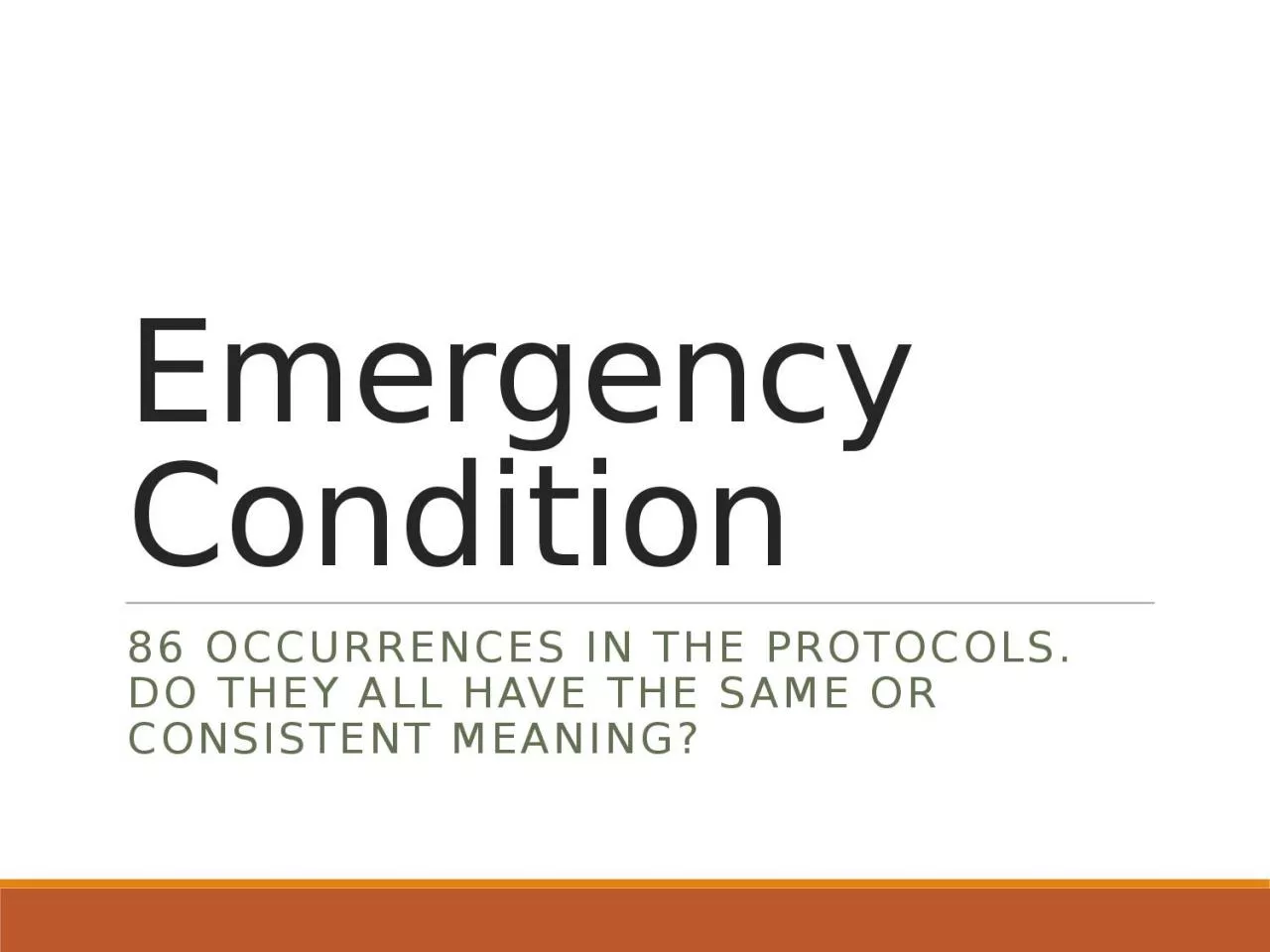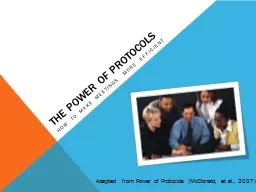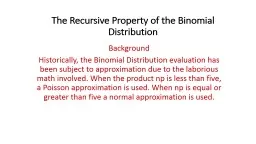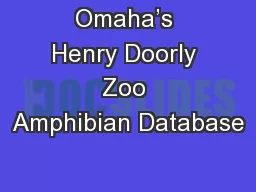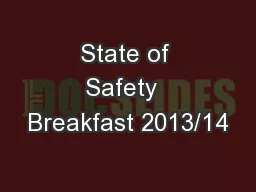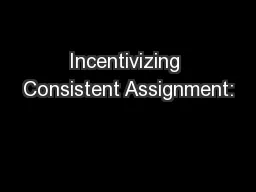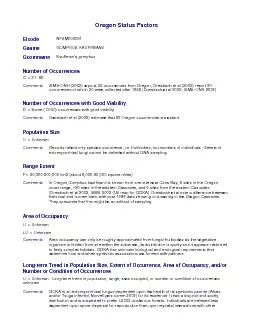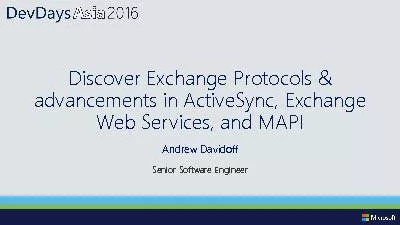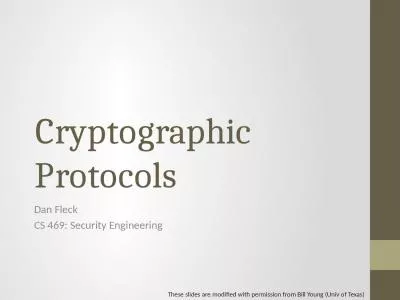PPT-Emergency Condition 86 occurrences in the Protocols. Do they all have the same or consistent
Author : luna | Published Date : 2022-07-01
Protocol References Section 2 Advisory The second of four levels of communication issued by ERCOT in anticipation of a possible Emergency Condition Emergency
Presentation Embed Code
Download Presentation
Download Presentation The PPT/PDF document "Emergency Condition 86 occurrences in th..." is the property of its rightful owner. Permission is granted to download and print the materials on this website for personal, non-commercial use only, and to display it on your personal computer provided you do not modify the materials and that you retain all copyright notices contained in the materials. By downloading content from our website, you accept the terms of this agreement.
Emergency Condition 86 occurrences in the Protocols. Do they all have the same or consistent: Transcript
Download Rules Of Document
"Emergency Condition 86 occurrences in the Protocols. Do they all have the same or consistent"The content belongs to its owner. You may download and print it for personal use, without modification, and keep all copyright notices. By downloading, you agree to these terms.
Related Documents

